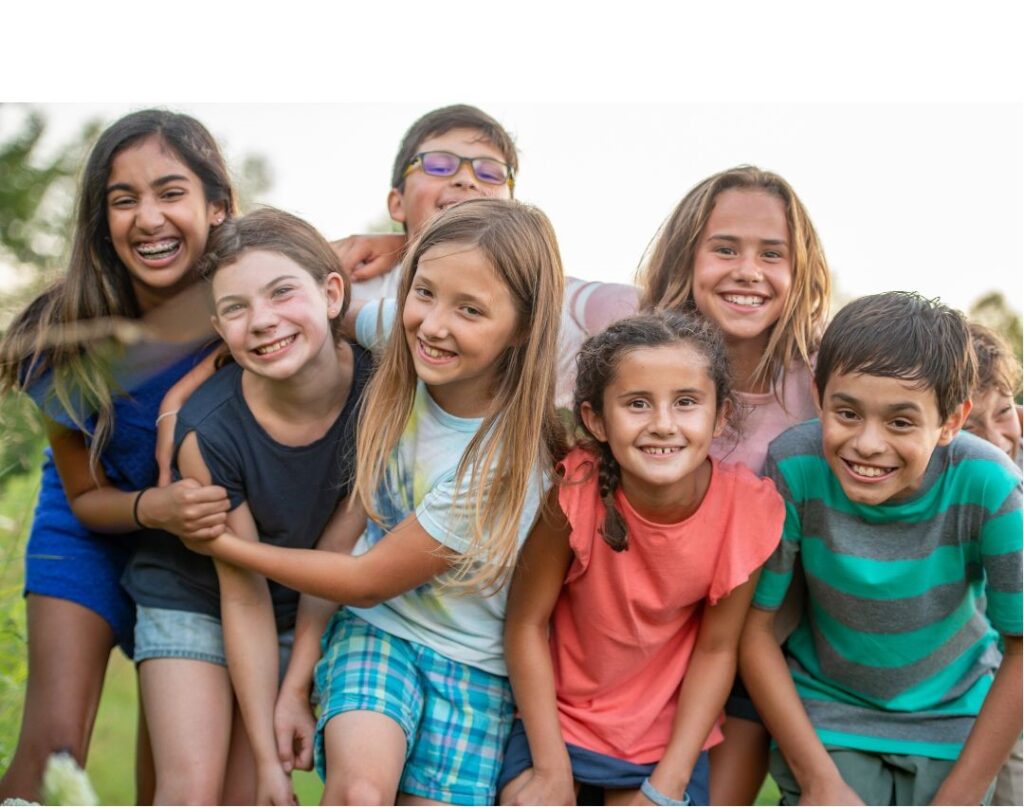Nantahala Health Foundation seeks to
Help Kids Where They Live and Learn
to build a better future for all of us.

By design, traditional health, education, and community support systems generally default to responding to presenting health issues instead of working upstream to address the root causes and underlying factors that lead to poor current and future health outcomes for adolescents and young adults. Morbidity and mortality for young people are relatively low and largely preventable, yet the negative circumstances and experiences some children and young adults encounter from Kindergarten to age 24 have a significant impact on their future health and well-being.
This is especially true for youth at risk for compounded impact due to circumstances of poverty, family dysfunction, educational challenges, mental illness, and substance use and abuse, to name those most prevalent in this region. It is therefore important to foster collaboration among the various systems that influence young people, including schools, juvenile justice, social services, and physical and mental health service systems to respond to the myriad needs of young people.



We believe that helping kids where they live and learn will significantly improve their chances for a brighter, healthier future.

Poverty is the primary cause of negative, long-term health impacts on youth in our area. Research tells us that the best way to address the root causes of poverty is to strengthen access to quality education, health benefits, job training, and career pathways. Nantahala Health Foundation, therefore, resolves to prioritize our community investment efforts toward work at the intersection of education, mental and behavioral health, and workforce development.
Access to quality education has been globally recognized as a solution to poverty. However, Life-altering education can only be absorbed and capitalized upon when adolescents and young adults have the necessary social and community support to foster learning and provide connections to opportunities..


To that end, NHF seeks to partner with organizations that embrace this vision for our region. Together we will work to catalyze and accelerate change to improve the lives, health, and
futures of adolescents and young adults of Western North Carolina through:
• Projects that emphasize integrating mental health and substance use prevention into services for families and education systems
• Projects that address dire family and community conditions
• Social supports extending from schools to communities and families
• Proven and/or innovative out-of-school time models
• Adult and peer-to-peer mentoring
• Parent engagement
• Innovative job training and career pathway development, including intern and apprenticeships
• Community in Schools or similar models
• Addressing transportation issues that prevent students and young adult from participating in activities and programs designed to support their success
• Programs that foster social-emotional development and equip students and young adults with resiliency skills
NHF also seeks to build capacity and support professionals working with adolescents and young adults in our community. We will seek to achieve these results through innovative projects to increase recruitment and retention among our teachers, mental health practitioners, and other social services providers. We seek to increase the cultural competency of these professionals by helping them to better understand health disparities
among vulnerable populations.


The connection between education and health and well-being. This domain includes key issues such as graduating from high school, enrollment in higher education, educational attainment in general, language and literacy, and early childhood education and development.
Content source: Centers for Disease Control and Prevention, Social Determinants of Health

The connection between where a person lives (e.g., housing, neighborhood, and environment) and his or her health and well-being. Articles cover such topics as quality of housing, access to transportation, availability of healthy foods, quality of the water or air, and neighborhood crime and violence.
Content source: Centers for Disease Control and Prevention, Social Determinants of Health

The connection between characteristics of the contexts within which people live, learn, work, and play, and their health and well-being. Articles cover such topics as cohesion within a community, civic participation, discrimination, conditions in the workplace, and incarceration.
Content source: Centers for Disease Control and Prevention, Social Determinants of Health

The connection between people’s access to and understanding of health services and their own health. This domain includes key issues such as access to healthcare, access to primary care, health insurance coverage, and health literacy.
Content source: Centers for Disease Control and Prevention, Social Determinants of Health

The connection between the financial resources people have (e.g., income, cost of living, and socioeconomic status) and their health. This domain includes key issues such as poverty, employment, food security, and housing stability.
Content source: Centers for Disease Control and Prevention, Social Determinants of Health